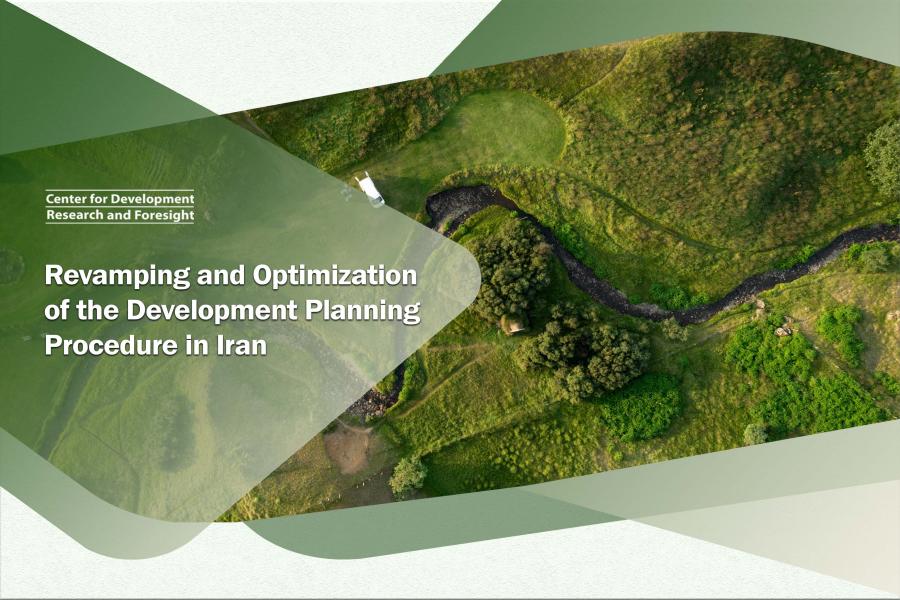
-
بررسی آییننامهها و دستورالعملهای برنامه هفتم پیشرفت
-
بررسی عوامل موثر بر افزایش تصادفات و تلفات جادهای و سوانح رانندگی و دادهکاوی تلفات انسانی
-
سازماندهی و بازآرایی فضایی آموزش عالی کشور
-
به روز رسانی سند ملی آمایش سرزمین
-
انجام مطالعات مناطق آزاد به عنوان نواحی پیشران اقتصادی کشور
-
اصلاح ساختار بودجه و پیاده سازی نظام یکپارچه مدیریت اطلاعات مالی دولت (IFMIS)

An evaluation of Iran’s development programs across various periods reveals that most have not achieved the desired outcomes, with some exhibiting a significant performance gap relative to their stated goals. In certain instances, the substantial discrepancy between performance and objectives underscores the failure of planning within the country. Consequently, the shortcomings of planning in Iran have piqued the interest of numerous scholars and academics. The findings of these studies suggest that some plan failures can be attributed to structural deficiencies in the country’s planning system, while others are related to the political and economic issues that govern the formulation and implementation of the plan. In response to these shortcomings, proposals have been put forth to enhance programs within the country. These enhancements include utilizing key cores, rolling planning, or eliminating medium-term plans and focusing on aligning one-year plans with long-term plans.
Selecting a specific type of planning framework for compiling a development plan that considers various social, political, economic, and environmental dimensions appears to be a complex task. Therefore, frameworks that employ an integrated approach are gaining increasing importance.
The application of integrated planning approaches offers an opportunity to address gaps in past plans, such as the lack of connection between the strategic plan and the implementation plan. The integrated approach introduces a novel perspective in the realm of planning, aiming to rectify previous shortcomings by formulating a unique methodology for effectively implementing a nation’s development plans. This approach has emerged as a culmination of prior suggested planning reforms. In the proposed framework, firstly, the country’s development strategy and related macro goals are determined in such a way as to encompass the economic, social and environmental dimensions of development and the intersections between these three dimensions. Then, by integrating macro goals with spatial planning policies at national, regional and provincial levels; challenges and opportunities within the country’s territories are identified and according to different spatial levels, development drivers can be specified. In this manner, sectoral, regional and governance policies will be determined based on development drivers. In this context, combining spatial policies with macro development goals enhances the incentive and executive system for program implementation and provides an important task for the planning system: periodic monitoring and evaluation of the program.



